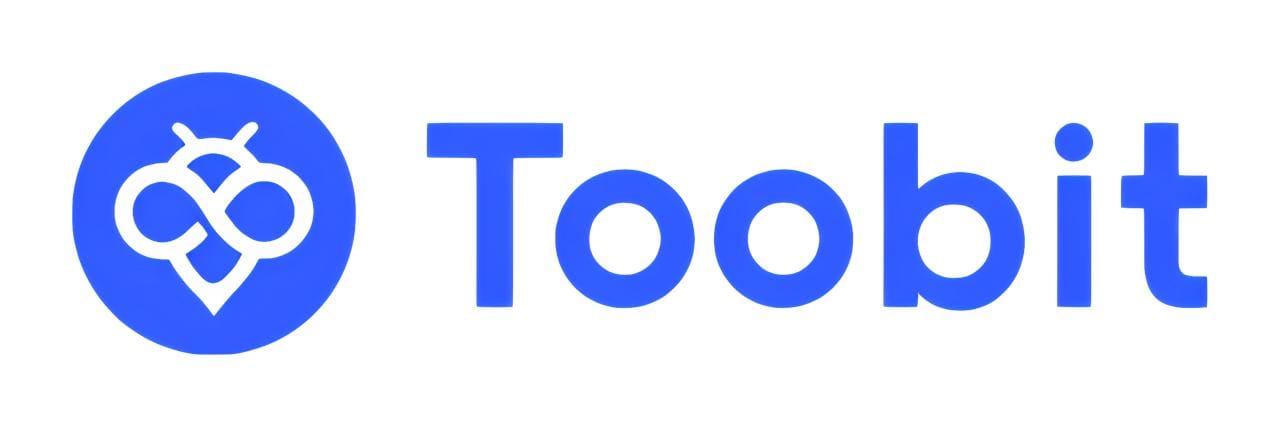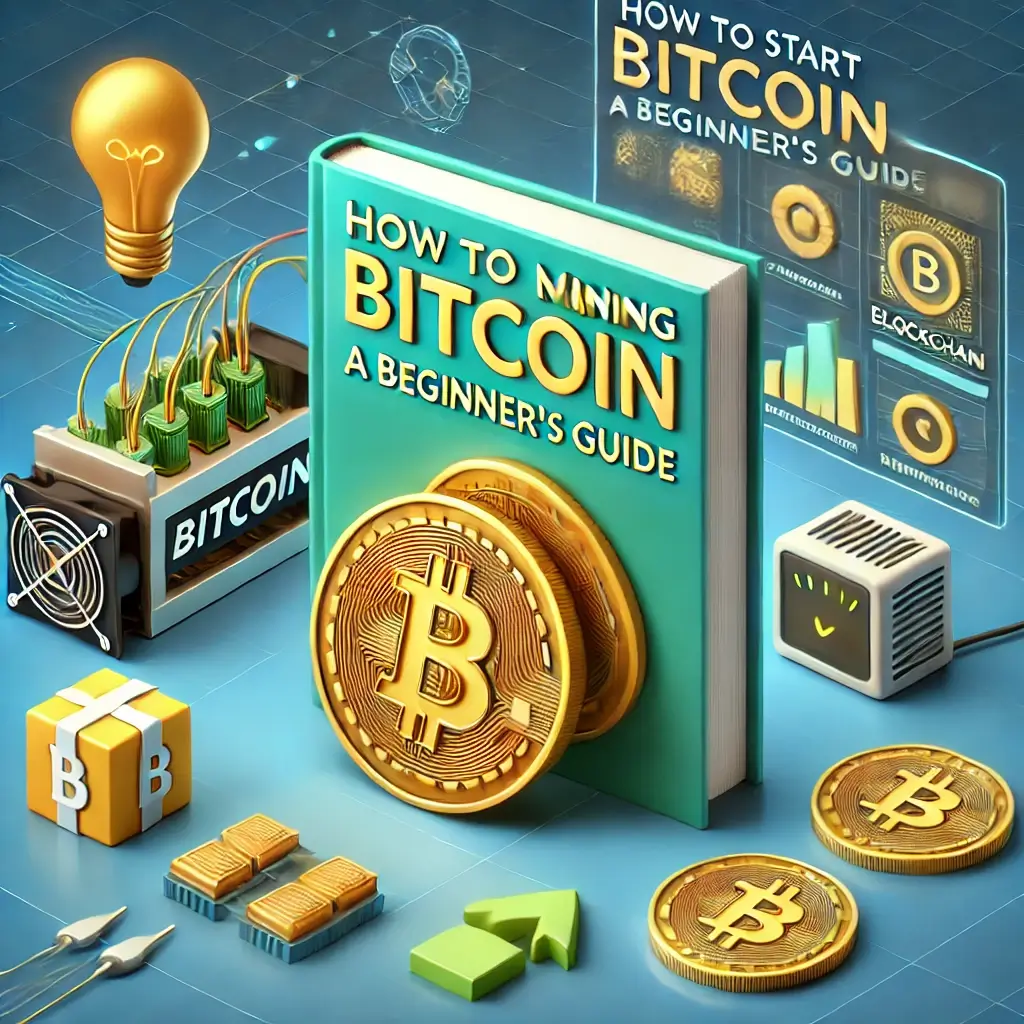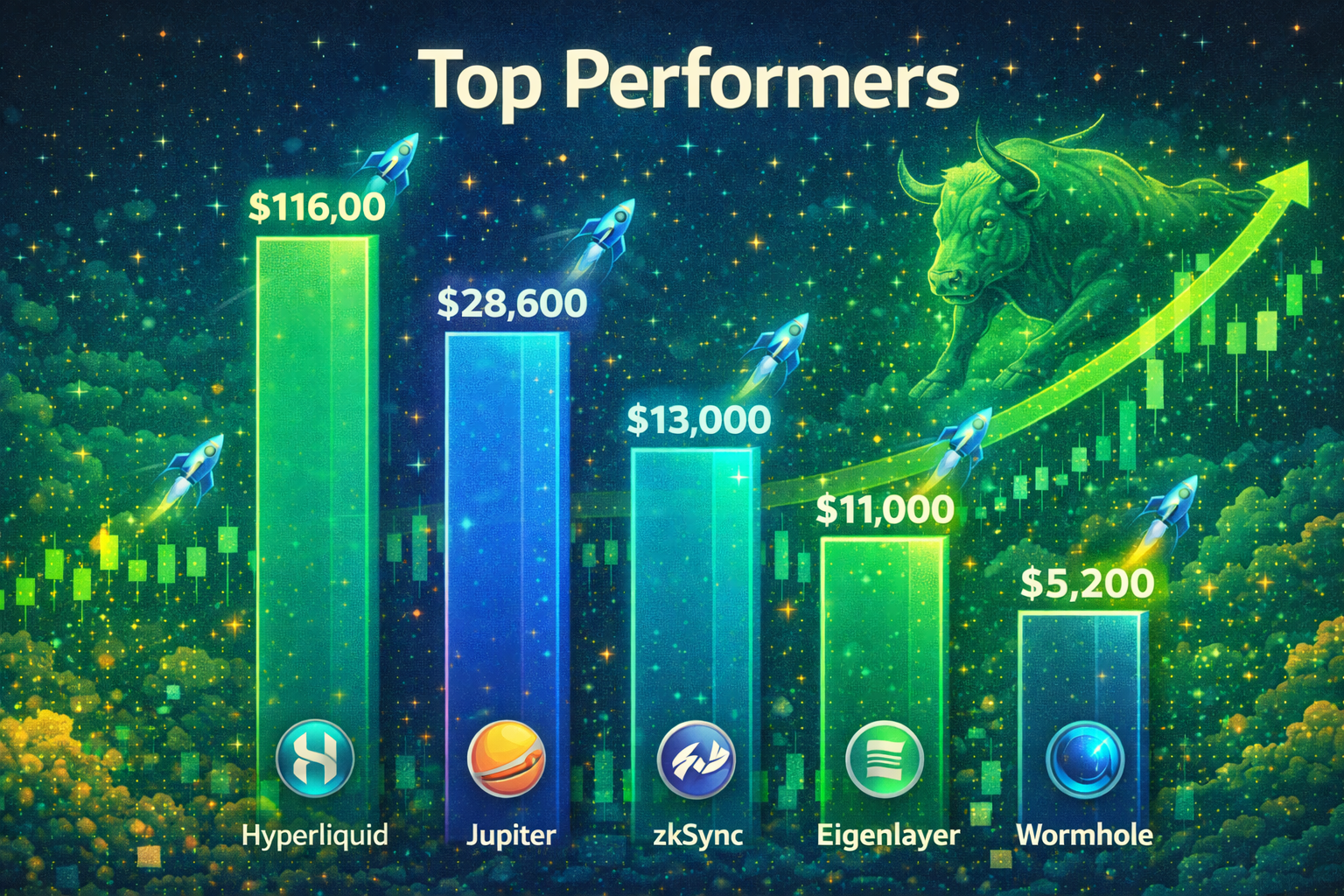How to Start Mining Bitcoin: A Beginner’s Guide
Bitcoin, the world’s first and most popular cryptocurrency, has garnered widespread attention over the years. While many people buy and trade Bitcoin, others are interested in the process of mining it. If you’ve ever wondered how to get started, this beginner’s guide on how to start mining Bitcoin will walk you through the basics, from setting up your equipment to understanding the costs and potential profitability.
1. Understanding Bitcoin Mining
Overview:
Bitcoin mining is the process through which new Bitcoins are created and transactions are verified on the Bitcoin network. It involves using powerful computers to solve complex mathematical puzzles, known as Proof of Work (PoW). Miners who successfully solve these puzzles are rewarded with newly minted Bitcoins and transaction fees.
How It Works:
- Blockchain Verification: Every time a Bitcoin transaction is made, it is grouped with others into a block. Miners compete to solve the cryptographic puzzle associated with this block.
- Proof of Work: The first miner to solve the puzzle gets to add the block to the blockchain, a decentralized ledger of all Bitcoin transactions. This miner is then rewarded with a certain number of Bitcoins.
- Security: Bitcoin mining is crucial for the security of the network, as it ensures that transactions are legitimate and prevents double-spending, where someone might attempt to use the same Bitcoin more than once.
Why This Matters:
Understanding the basics of how Bitcoin mining works is essential before you start investing in the necessary equipment and electricity costs. It also highlights the decentralized and secure nature of the Bitcoin network.
2. Required Equipment for Bitcoin Mining
Overview:
One of the most critical steps in starting Bitcoin mining is choosing the right equipment. Unlike the early days of Bitcoin, when mining could be done with a regular computer’s CPU, today’s miners need specialized hardware.
Types of Mining Hardware:
- ASIC Miners: Application-Specific Integrated Circuits (ASICs) are the most efficient and powerful hardware for Bitcoin mining. These machines are designed specifically for mining Bitcoin and offer the highest hash rates, meaning they can solve more puzzles faster than other types of hardware.
- Mining Rig Setup: Besides the ASIC miners, you will need other components like a power supply unit (PSU), cooling systems, and a stable internet connection to ensure your mining operation runs smoothly.
- Software: You’ll also need mining software that connects your hardware to the Bitcoin network. Popular options include CGMiner, BFGMiner, and Awesome Miner.
Examples:
- Bitmain Antminer S19: One of the most popular ASIC miners on the market, known for its high efficiency and performance.
- Whatsminer M30S: Another powerful ASIC miner that is favored by many due to its durability and high hash rate.
Why This Matters:
Choosing the right equipment is essential for maximizing profitability and ensuring that your mining operation is sustainable in the long term. The better your hardware, the higher your chances of successfully mining Bitcoin.

3. Setting Up Your Bitcoin Mining Operation
Overview:
Once you’ve acquired the necessary hardware, the next step is to set up your mining operation. This involves installing your equipment, configuring the mining software, and optimizing your environment to ensure efficiency.
Steps to Set Up:
- Hardware Installation: Set up your ASIC miner in a location with good ventilation to prevent overheating. Connect the miner to your PSU and ensure that everything is securely connected.
- Software Configuration: Install your chosen mining software on your computer or directly on the ASIC miner if supported. Configure the software with the correct settings, including your mining pool credentials and wallet address where you want to receive your Bitcoin rewards.
- Joining a Mining Pool: Mining Bitcoin solo is difficult due to the high competition. Joining a mining pool, where miners work together to solve blocks and share rewards, increases your chances of earning Bitcoins more regularly.
- Monitoring and Maintenance: Regularly monitor your mining operation to ensure it is running smoothly. This includes checking the temperature of your hardware, the hash rate, and the network connectivity. Perform regular maintenance to keep your equipment in top condition.
Examples:
- Slush Pool: One of the oldest and most reliable Bitcoin mining pools, offering a user-friendly interface and transparent fee structure.
- F2Pool: Another popular mining pool with a global presence, known for its high rewards and easy setup process.
Why This Matters:
Proper setup and maintenance of your Bitcoin mining operation are crucial for ensuring efficiency and maximizing profitability. Joining a mining pool can significantly increase your chances of earning Bitcoin rewards, especially as a beginner.
4. Costs and Profitability of Bitcoin Mining
Overview:
Before diving into Bitcoin mining, it’s essential to understand the costs involved and whether it will be profitable for you. The profitability of Bitcoin mining depends on several factors, including the price of Bitcoin, the cost of electricity, the efficiency of your mining hardware, and the difficulty of mining.
Factors Affecting Profitability:
- Electricity Costs: Mining requires a significant amount of electricity, both to run the hardware and to cool the systems. In areas where electricity is expensive, mining may not be profitable.
- Bitcoin Price: The value of Bitcoin has a direct impact on mining profitability. Higher prices generally mean higher rewards, but they also attract more miners, increasing competition.
- Mining Difficulty: Bitcoin’s mining difficulty adjusts approximately every two weeks based on the total computing power of the network. As more miners join, the difficulty increases, making it harder to earn rewards.
- Hardware Efficiency: The more efficient your hardware, the lower your electricity costs, and the higher your profitability. However, efficient hardware typically comes with a higher upfront cost.
Examples:
- CoinWarz Bitcoin Mining Calculator: A useful tool for calculating potential profits based on your hardware, electricity costs, and Bitcoin price.
- NiceHash Profitability Calculator: Another popular calculator that allows you to estimate your mining profits using various factors.
Why This Matters:
Understanding the costs and potential profitability of Bitcoin mining is essential for making an informed decision. Mining can be a lucrative venture, but it also requires significant investment and ongoing operational costs.
5. Risks and Challenges in Bitcoin Mining
Overview:
While Bitcoin mining can be profitable, it also comes with several risks and challenges. It’s important to be aware of these before investing in mining equipment and starting your operation.
Key Risks and Challenges:
- Volatility: The price of Bitcoin is highly volatile, which means that your potential earnings can fluctuate significantly. If the price drops, your mining operation may become unprofitable.
- Regulatory Risks: Some countries have banned or heavily regulated Bitcoin mining due to concerns over energy consumption and its environmental impact. It’s important to be aware of the legal landscape in your region.
- Hardware Obsolescence: As mining difficulty increases, older hardware may become obsolete, requiring you to invest in new equipment to remain competitive.
- Security Risks: Mining operations are often targeted by hackers. It’s crucial to secure your mining hardware and wallets to protect your earnings.
Examples:
- China’s Bitcoin Mining Ban: In 2021, China banned Bitcoin mining, leading to a significant drop in the global hash rate and affecting miners who were based in the country.
- Mining Hardware Depreciation: As new and more efficient hardware is released, older models may lose value quickly, reducing the return on investment.
Why This Matters:
Understanding the risks and challenges associated with Bitcoin mining can help you prepare and mitigate potential losses. It’s important to have a clear strategy and be aware of the factors that could impact your mining operation.
Conclusion
Starting your journey into Bitcoin mining can be an exciting and potentially profitable endeavor, but it requires careful planning and a solid understanding of the process. This beginner’s guide on how to start mining Bitcoin has covered the basics of how mining works, the equipment you need, how to set up your operation, and the costs and risks involved. By following these steps and staying informed about the latest developments in the industry, you can make informed decisions and increase your chances of success.
For more insights and educational resources on cryptocurrency mining, visit our Crypto Mining section.
Stay Updated
For the latest updates on Bitcoin mining and other related topics, follow us on:
Stay informed with the latest strategies and insights in the world of cryptocurrency at FreeCoins24.io.
Special Offer
Interested in starting your Bitcoin mining journey? Sign up on Bybit today and claim up to $30,000 in deposit bonuses. Start trading and mining with confidence on a platform trusted by millions.
















